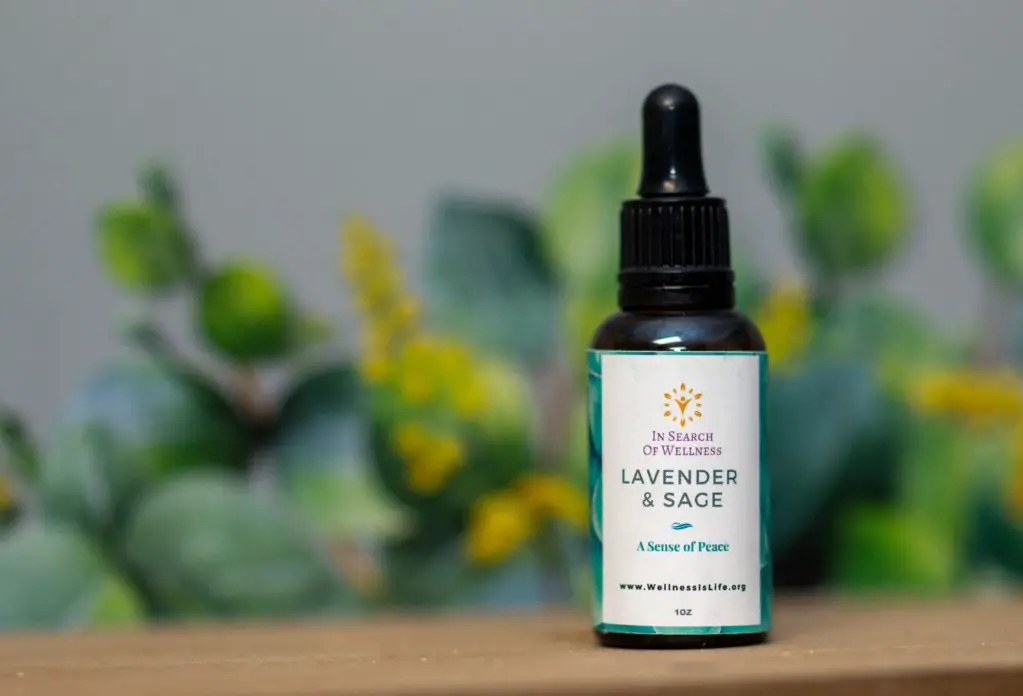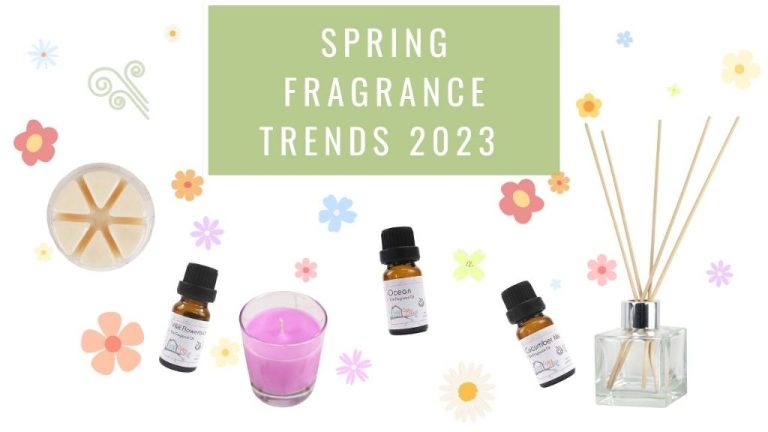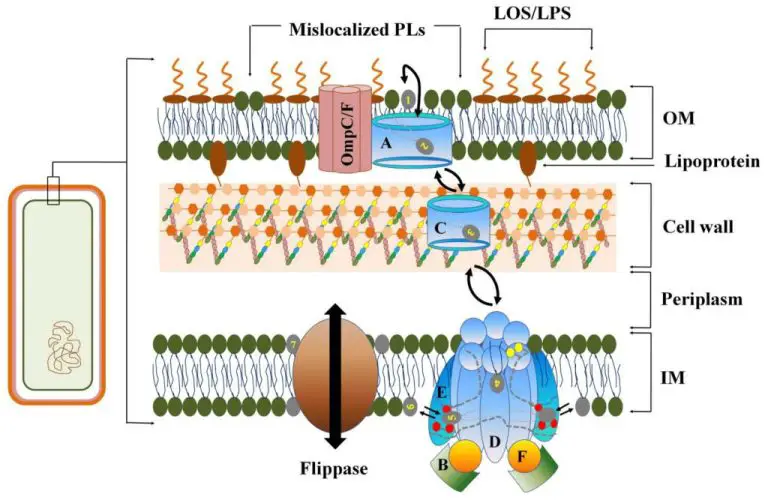Can You Mix Lavender And Sage?
Introducing Lavender and Sage
Lavender has been used for over 2,500 years dating back to ancient Egypt, Greece and Rome where it was used for perfumes, incense, and baths (Source). The name lavender comes from the Latin “lavare” meaning “to wash”, referencing its use for bathing, cleansing and fragrance. Lavender has antiseptic and analgesic properties and has been used medicinally for anxiety, insomnia, depression, headaches, skin irritations and more (Source).
Sage also has a long history dating back to ancient Egypt, Rome and Greece where it was used for culinary, medicinal and ceremonial purposes. Its genus name Salvia comes from the Latin word meaning “to heal”. Sage has commonly been used as a digestive aid, for oral hygiene, memory enhancement, antioxidant support, and to help relieve menstrual cramps, menopausal symptoms, coughs and sore throat (Source).
Complementary Benefits
Lavender and sage offer complementary benefits when used together. Lavender is known for its relaxing, stress-relieving properties that can help reduce anxiety, depression, and restlessness (Source). The anti-inflammatory effects of lavender’s linalool and linalyl acetate components have been shown to reduce inflammation and swelling (Source). Sage also has anti-inflammatory effects from its phenolic acids, flavonoids, and diterpenes that reduce inflammation. When blended, lavender and sage provide greater anti-inflammatory benefits.
Lavender is commonly used to promote better sleep due to its sedative and relaxing properties. Studies show lavender’s linalool and linalyl acetate help induce sleep and increase non-REM sleep. Sage also has sedative effects that induce relaxation and sleep. Using lavender and sage together enhances these sleep-promoting effects, resulting in improved sleep quality and duration.
Best Practices for Blending
When blending lavender and sage essential oils, it’s important to consider their complementary scent profiles. Lavender has a floral, sweet, herbaceous aroma, while sage is camphorous and herbaceous with slightly spicy undertones (Source). Balancing the stronger camphor scent of sage with the milder floral lavender can create a pleasant, complex blend.
A good rule of thumb is to use a 3:1 ratio of the milder oil to the stronger oil. For lavender and sage, use 3 drops lavender to 1 drop sage, adjusting the amounts as needed (Source). Always start with small amounts of essential oils and increase gradually until you achieve the desired scent. Testing blends on aroma strips first can also help perfect the balance before committing to larger batches.
Adhering to proper blending best practices allows you to safely craft personalized scents with lavender and sage. Experiment with different ratios to find your favorite relaxing, uplifting blend.
Blends for Different Uses
Lavender and sage make an excellent blend for promoting sleep and relieving anxiety. Lavender is known for its calming and relaxing properties that can help reduce anxiety, stress, and insomnia. According to Wellness is Life, lavender contains compounds like linalool and linalyl acetate which act on the central nervous system and have a sedative effect (source). Combining lavender with sage enhances these relaxing effects. Sage also contains beneficial compounds and antioxidants that are thought to help stabilize moods.
For pain management, lavender and sage can work together to reduce inflammation and discomfort. Lavender is considered an analgesic and contains compounds like linalyl acetate that are effective for relieving muscle pain, joint pain, sprains, backache, and soreness (source). The anti-inflammatory effects of sage complement lavender nicely for pain relief.

When it comes to skincare, lavender and sage make the perfect blend for nourishing and rejuvenating skin. Lavender has antimicrobial and antiseptic properties that prevent skin infections and help heal minor cuts, burns, and skin irritation (source). It also contains powerful antioxidants that combat aging. Sage brings its own antimicrobial and anti-inflammatory benefits, making the two herbs a powerhouse combination for glowing and youthful skin.
Blending Methods
There are a few popular methods for blending lavender and sage together, depending on your intended use:
Diffuser Blends: Lavender and sage make an excellent blend for diffusing. Add 2-3 drops of each oil to your diffuser according to the manufacturer’s instructions. The aroma is fresh, floral, and herbaceous. Diffusing lavender and sage can promote relaxation and clear thinking. Source
Essential Oil Blends: For a relaxing essential oil blend, combine 10 drops lavender oil, 5 drops sage oil, and 1 ounce of carrier oil like jojoba or almond. This can be used topically or added to bathwater. The lavender calms the mind while the sage promotes mental clarity. Source
Dried Herb Blends: Mix together equal parts dried lavender buds and dried sage leaves. Use this blend to make herbal tea by steeping 1-2 teaspoons per cup of hot water for 5-10 minutes. You can also use it for cooking, potpourri, or crafts. The flavors pair nicely for seasoning things like stuffing, breads, and roast meats.
Safety and Precautions
When using lavender and sage essential oils, it’s important to take precautions to avoid potential side effects or reactions. Essential oils are highly concentrated and can be irritating if used undiluted on skin. According to Lavender Sage, you should always dilute essential oils in a carrier oil like coconut or jojoba oil before applying to skin. A general guideline is to use 3-5 drops of essential oil per teaspoon of carrier oil. Test diluted oils on a small patch of skin first to check for irritation before wider application.
Lavender and sage essential oils are not meant to be ingested unless under the guidance of a medical professional or clinical aromatherapist. Consuming essential oils can potentially be toxic. As Lavender & Sage Essential Oil notes, essential oils should always be kept out of reach of children to prevent accidental ingestion.
Those taking prescription medications should exercise caution when using essential oils, as they can potentially interact and alter the effectiveness of medications. Consult with a doctor before using lavender or sage essential oil if you take prescription medicines. People who are pregnant, have epilepsy, or have hormone-sensitive conditions like estrogen receptor positive breast cancer should also avoid using lavender and sage essential oils unless approved by a medical professional.
Growing and Harvesting
Lavender and sage make excellent companion plants and can be grown together successfully in the garden. Lavender thrives when planted near sages because they serve as beneficial companion plants, helping to repel insects and diseases (https://myplantin.com/blog/lavender-companion-plants). Both lavender and sage prefer full sun and well-drained soil, making them ideal partners. Plant them 18-24 inches apart in spring after the last frost.
Lavender and sage should be grown in USDA hardiness zones 5-11, where they will get sufficient sun and warmth. They both require slightly alkaline soil with a pH between 6.7-7.3. The soil should be loose and sandy, allowing for drainage. Amend clay soils with compost or sand. Lavender and sage also grow well together in containers or raised beds.
Harvest lavender when the flower spikes are in full bloom, just before the flowers fully open. Cut lavender stems right above the leaves. Harvest sage by cutting whole stems before flowers bloom. This encourages more leaf growth. Time harvests in mid morning after the dew dries. Handle harvested plants gently to avoid bruising.
Drying and Storing
Proper drying and storage is important for preserving the aromatic oils in lavender and sage. There are a few recommended methods for drying:
Air drying works well for small bundles. Hang the bundles upside down in a dark, dry, warm area with good airflow for 1-2 weeks. Tie the bundles loosely to allow for airflow (SOURCE 1).
Use a food dehydrator or an oven on the lowest setting. Spread leaves out in a single layer and dry for 2-4 hours checking frequently. This will dry the leaves rapidly while preserving aroma (SOURCE 3).
For storage, the key is keeping the herbs dry and sealing out light and air. Recommended storage containers include mason jars, dark glass jars, airtight plastic containers. Make sure the containers are clean and dry. Store in a cool, dark place. With proper storage, the dried herbs can last up to a year while retaining aroma and flavor (SOURCE 1, SOURCE 2).
Sample Blend Recipes
Here are some sample essential oil blend recipes using lavender and sage that are great for diffusing:
Sleep Blend
This lavender-sage blend promotes relaxation and restful sleep (Lavender Diffuser Blends – 10 Calming Essential Oil Recipes):
- 4 drops lavender oil
- 2 drops sage oil
- 1 drop ylang ylang oil
- 1 drop marjoram oil
Anxiety Relief Blend
This blend helps relieve stress and anxiety (Blend Recipe: Lavender, Clary Sage, Ylang Ylang, Bergamot):
- 4 drops lavender oil
- 3 drops clary sage oil
- 3 drops ylang ylang oil
- 2 drops bergamot oil
Uplifting Diffuser Blend
This refreshing blend boosts mood and energy (Blend Recipe: Pine, Sage, Lavender):
- 4 drops pine oil
- 3 drops sage oil
- 2 drops lavender oil
Final Thoughts
Lavender and sage are two aromatic herbs that complement each other extremely well. When blended together, lavender and sage promote relaxation and stress relief, improve sleep quality, boost brain function and memory, and provide antioxidant and antimicrobial benefits. The sweet floral notes of lavender pair beautifully with the earthy, herbaceous fragrance of sage.
Blending lavender and sage allows for creativity and customization for different therapeutic and culinary uses. Experiment with different proportions, additions like carrier oils or beeswax, and formats like essential oils, teas, culinary dishes, bath products, aromatherapy blends, and more. Consider your specific goals and needs when crafting your perfect lavender and sage blend.
For more information on using lavender and sage together, consult authoritative books on aromatherapy and herbalism. Reputable websites like University and government agricultural extensions also offer research-based guidance on safely and effectively using these herbs. Local herbal shops can provide blending inspiration as well. With the proper knowledge, lavender and sage can be blended into lifetimes of memorable recipes.




